ceramic balls alumina oxide are inert ceramic balls made from alumina as the main raw material through high-temperature sintering. They have stable chemical properties, good compressive strength, and can withstand high temperatures. Therefore, they are widely used in the petrochemical and chemical industry to support and protect catalysts. At the same time, ceramic balls alumina oxide come in grinding types, mainly used as grinding media.
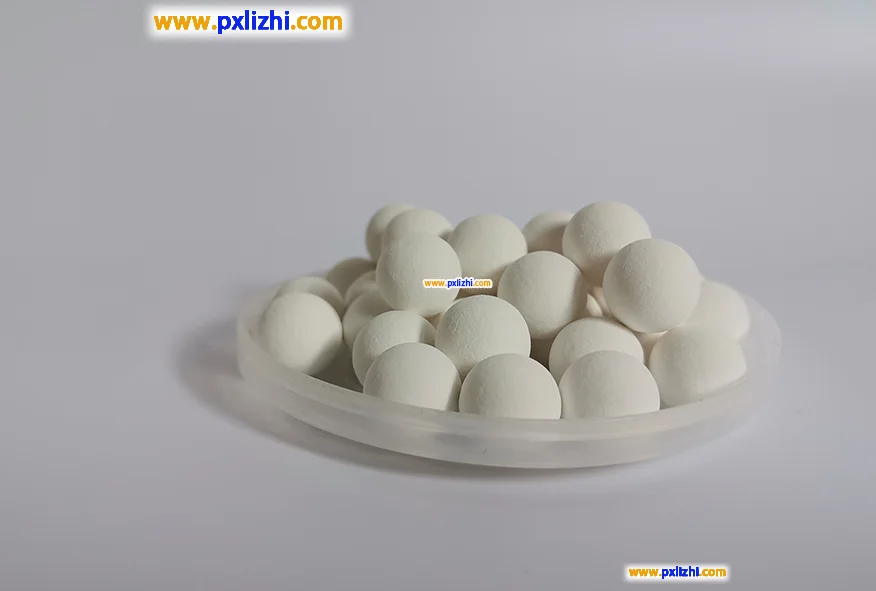
What factors affect the service life of alumina ceramic balls?
The service life of alumina ceramic balls is mainly influenced by the material properties and usage conditions. In terms of materials, this includes the content of alumina (the higher the content, the stronger the wear resistance usually), density (higher density leads to a more stable structure and stronger resistance to wear and impact), and uniformity of size and shape (unevenness is likely to cause concentrated local stress and accelerate wear); in terms of usage conditions, it involves the hardness, particle size, and concentration of the treated material (excessive hardness, coarse particle size, or inappropriate concentration will intensify wear), the rotational speed and filling rate of the equipment (excessive rotational speed or unreasonable filling rate is likely to cause excessive impact), as well as corrosive media and temperature in the environment (strong corrosion or high temperature may damage the ceramic structure and reduce mechanical properties).
In which fields are alumina ceramic balls applied?
Alumina ceramic balls, with their high hardness, wear resistance, corrosion resistance and high temperature resistance, are widely used in various fields: In the grinding field, they are used as the grinding medium for ball mills and other equipment, for ultra-fine grinding of materials such as ores, coatings, ceramic raw materials and pigments; in the chemical industry, they can be used as catalyst carriers or filling materials in reaction vessels, able to withstand corrosive media such as acids and alkalis; in the water treatment field, they are used as filtration media, utilizing their stability to filter impurities in water; in the electronics industry, they are used for grinding and polishing of precision components such as semiconductors and electronic components, ensuring processing accuracy; in the mining field, they assist in crushing and fine grinding of ores, improving grinding efficiency.

Characteristics of Ceramic Ball Alumina:
- Chemically Stable: Can withstand the corrosion of acids, alkalis, and other organic solvents, and can maintain its own structure and performance stability in various complex chemical environments, and is less likely to undergo chemical reactions or dissolution.
- High Temperature Resistance: Has very high hightemperature performance, can maintain stable physical and chemical properties at high temperatures, the heatresistant temperature is usually between 1300℃ and 1700℃ or even higher.
- Low Water Absorption: The inert alumina ceramic ball structure is relatively dense, with a low porosity, so the water absorption is very low.
- High Strength: Has high mechanical strength, including compressive strength, wear resistance, etc. In the reactors, towers and other equipment, it can withstand the weight of the catalyst and the impact and friction of the fluid, and is less likely to break, wear or deform, thus ensuring the normal operation and service life of the equipment.
- Good Thermal Stability: Can maintain stable performance under frequent or sudden temperature changes, and will not crack, break or other phenomena due to thermal expansion and contraction. This makes it suitable for some processes that require temperature fluctuations, such as stable operation in heating and cooling cycles in the reaction system.
- Shape Regular: Usually in the form of regular spheres, with good sphericity and dimensional accuracy. This regular shape makes the ceramic balls easy to pack and use, forming a uniform porous structure, which is conducive to the uniform distribution and flow of gases or liquids, and improves the reaction efficiency and mass transfer effect.
- Environmentally Friendly and Nontoxic: Made of inorganic materials such as alumina, it contains no harmful substances and does not release harmful substances to the environment or human body during use, which meets environmental protection requirements.
The main functions of alumina in ceramic balls:
Increase hardness and wear resistance Alumina has a very high hardness itself, the Mohs hardness can reach 9, almost comparable to diamond.
Enhance hightemperature stability Alumina has a very high melting point, can withstand temperatures up to 1500°C or even higher.
Provide good chemical stability Alumina has good corrosion resistance and can resist the corrosion of most acids, alkalis and other organic solvents.
Increase mechanical strength and compressive strength The crystal structure of alumina makes it have higher strength and compressive strength, which plays a role in enhancing the overall mechanical strength of ceramic balls.
As a catalyst carrier or adsorbent Alumina has a large specific surface area and pore structure, which can adsorb and carry the active components of the catalyst.
Improve the molding performance and sintering performance of ceramic balls During the preparation of ceramic balls, the addition of alumina can improve the molding performance of ceramic raw materials, making it easier to shape into spherical shape.

The main categories of ceramic ball alumina oxide:
Inert alumina oxide ceramic balls: have relatively stable chemical properties and mainly serve as support and cover for catalysts in reactors, reducing wear and loss of catalysts and ensuring the smooth progress of the reaction.
Alumina porous ceramic balls: have many microscopic pores inside, have a larger specific surface area, and are conducive to mass transfer and heat transfer of gases and liquids. They are often used in chemical processes such as adsorption, dehydration, and drying, and can also be used as filtration media in the water treatment field. They can also be used in the heat exchangers in the metallurgical field to improve heat transfer efficiency.


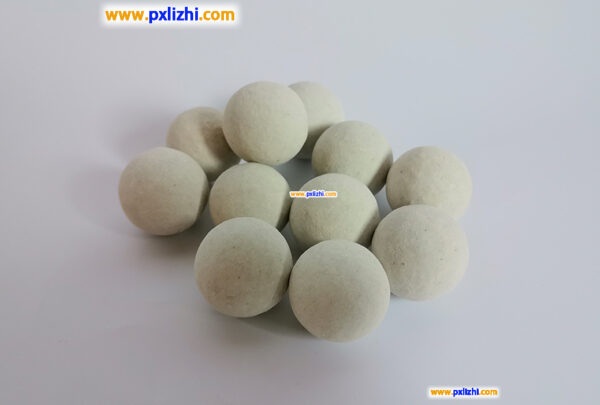
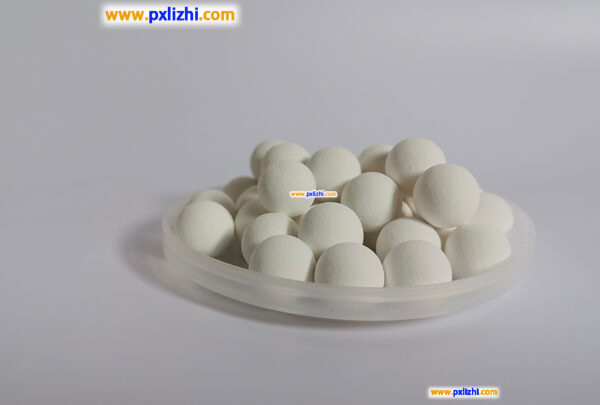
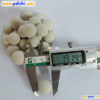
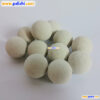
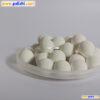
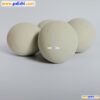
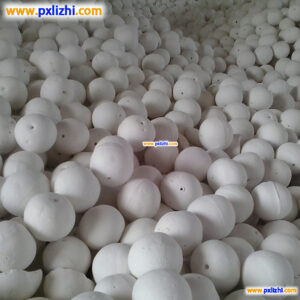
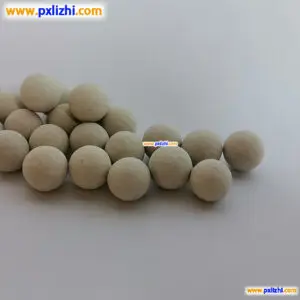
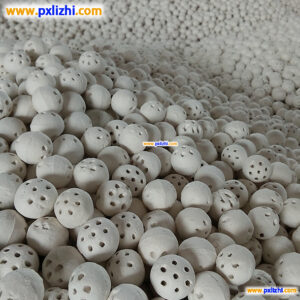

Reviews
There are no reviews yet.